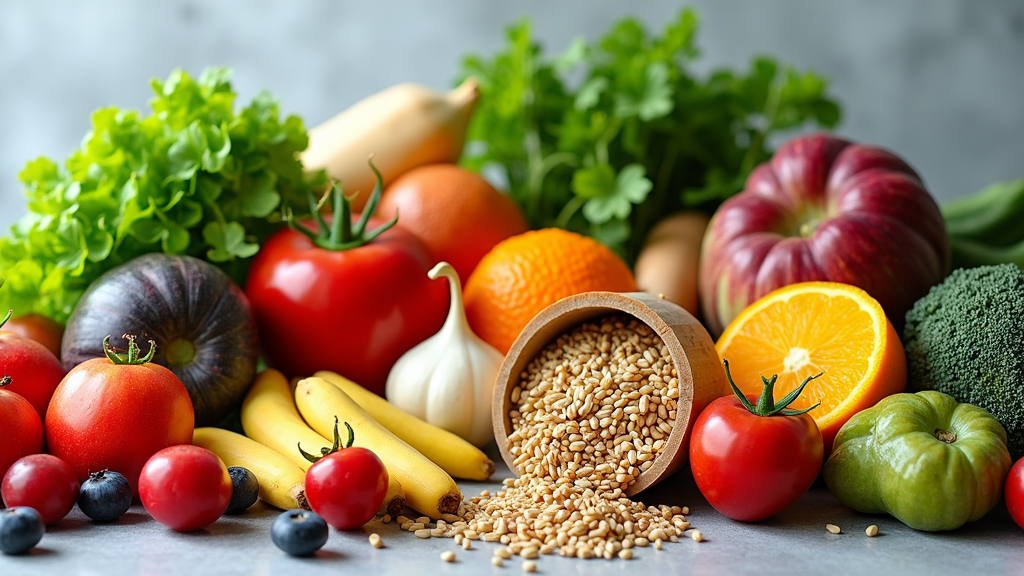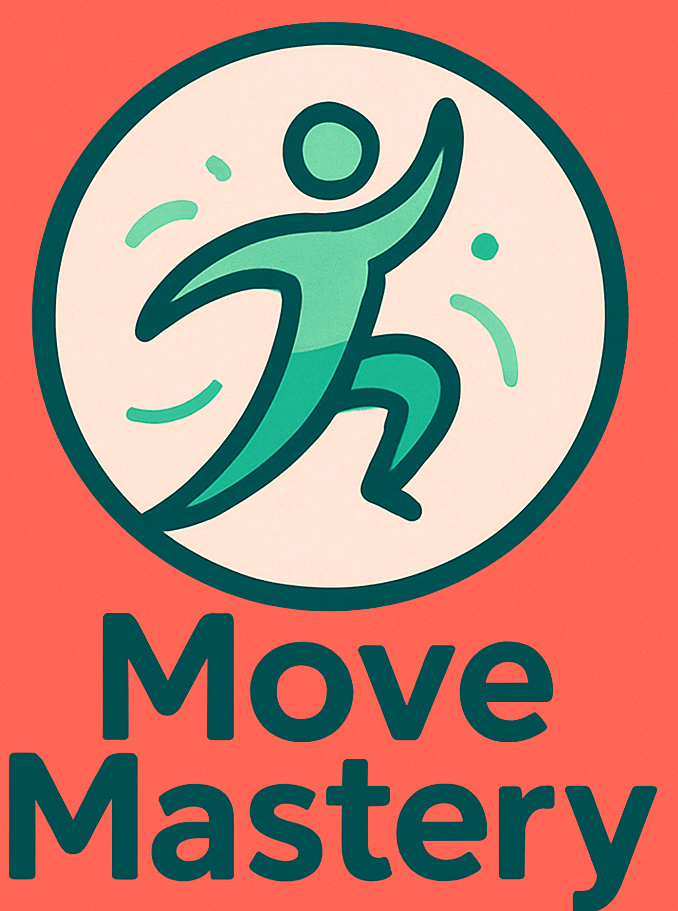 Are you following weight loss advice that’s actually slowing you down? Many of us believe in common weight loss truths that turn out to be myths. In this article, I’ll debunk five major weight loss myths using science-backed strategies and practical advice that can help you make informed decisions.
Are you following weight loss advice that’s actually slowing you down? Many of us believe in common weight loss truths that turn out to be myths. In this article, I’ll debunk five major weight loss myths using science-backed strategies and practical advice that can help you make informed decisions.
There’s a lot of conflicting advice out there, and it’s easy to follow trends without questioning them. Instead of sticking with outdated beliefs, you can embrace balanced strategies that work. Stick with me, and you’ll learn why some of the most common weight loss tips might be doing more harm than good.
Myth 1: You Must Eat Less to Lose Weight
The idea that cutting calories drastically is very popular, yet simply eating less can actually slow your metabolism over time. Starving your body of necessary fuel may force it to burn muscle instead of fat.

Rather than drastically reducing your calorie intake, consider consuming a balanced diet. Protein helps keep you satisfied while preserving muscle mass, and fiber-rich foods support your digestion. Smart eating beats harsh restrictions.
Myth 2: Carbs Are the Enemy
Carbohydrates often get a bad rap in popular diet trends. Not all carbs are the same; there are simple carbs such as sugary snacks and refined grains, and there are complex carbs like whole grains, fruits, and vegetables.
 Good carbohydrates provide essential nutrients and fiber, supporting healthy digestion and blood sugar levels. Instead of eliminating all carbs, focus on choosing whole, unprocessed options that give you the energy you need.
Good carbohydrates provide essential nutrients and fiber, supporting healthy digestion and blood sugar levels. Instead of eliminating all carbs, focus on choosing whole, unprocessed options that give you the energy you need.
Myth 3: More Exercise Equals More Weight Loss
It’s a common belief that spending endless hours exercising is the best way to lose weight. However, over-exercising without proper recovery can increase stress hormones like cortisol, which might contribute to weight gain.
Quality matters more than quantity. Balancing strength training with cardio—and making room for rest days—is critical for recovery and for keeping your body fueled properly.
Myth 4: Fat Makes You Fat
For years, dietary fat was seen as the enemy for weight loss. This perspective ignores the fact that not all fats are created equal. While unhealthy fats from processed foods can lead to problems, healthy fats are very important for overall well-being.
 Fats found in avocados, nuts, seeds, and olive oil help regulate hormones and keep you satisfied for longer periods. Including these healthy fats in your meals can reduce cravings and support better weight loss outcomes.
Fats found in avocados, nuts, seeds, and olive oil help regulate hormones and keep you satisfied for longer periods. Including these healthy fats in your meals can reduce cravings and support better weight loss outcomes.
Myth 5: You Can Target Fat Loss in Specific Areas
The idea of spot reduction is a common myth. No matter how many targeted exercises you perform, you can’t choose where your body loses fat first. Fat loss is an overall process influenced by your genetics, diet, and overall activity.
A combination of balanced nutrition and full-body workouts is more effective, as it encourages a reduction in overall body fat and improves muscle tone.
Step 6: Strategies for Sustainable Weight Loss
Now that we’ve cleared up these major myths, let’s examine science-backed strategies for achieving and maintaining sustainable weight loss. The right plan involves a balanced diet, smart exercise, and attention to mental well-being.
Begin with small changes: swap sugary drinks for water, add more vegetables to your meals, or take a short walk after dinner. Planning your meals ahead of time can reduce the temptation to opt for less healthy choices.
 Variety is important to ensure you get enough proteins, complex carbohydrates, healthy fats, and fiber. Combining these changes with moderate exercise can help you progress gradually while keeping your metabolism active.
Variety is important to ensure you get enough proteins, complex carbohydrates, healthy fats, and fiber. Combining these changes with moderate exercise can help you progress gradually while keeping your metabolism active.
Step 7: Avoiding Pitfalls and Building Consistency
Weight loss isn’t always a straight path, and there may be setbacks along the way. Building a routine of consistent, healthy habits—and being ready to adjust when needed—is really important.
If you hit a plateau, take a moment to reassess your routine. Small adjustments in your workout or diet plan can help reignite progress. Tracking your progress using a journal or an app can provide insights and motivate you to keep going.
Common Questions & Troubleshooting
Common questions often crop up about how to balance diet and exercise or how to deal with cravings. Including foods rich in protein and fiber can help maintain satiety, and having a healthy snack can prevent overeating later.
Breaking your goals into manageable tasks and making subtle adjustments can help overcome challenges like weight loss plateaus. Listening to your body and tweaking your routine as needed can make all the difference.
Final Thoughts & Next Steps
The adventure to effective weight loss isn’t just about following tips—it’s about finding what works best for your body. We covered five major myths: that you must eat less, that carbs are the enemy, that more exercise always means more weight loss, that fat makes you fat, and that you can target fat loss in specific areas.
Clearing up these myths shows that a balanced, sustainable approach is the key to success. Build a plan that includes nutritious foods, balanced portions, tailored exercise, and proper recovery. If you’re seeking additional guidance, consider a trusted weight loss guide, a meal plan from nutrition experts, or a workout program that covers all aspects of fitness.
What’s one myth you’ve believed for too long? Feel free to share your thoughts or ask questions below.
